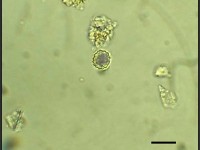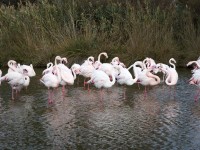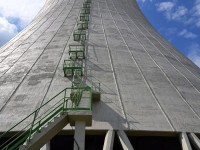What is Environmental Finance? Environmental finance is a field that on the surface is unfamiliar to most practitioners. However, most are familiar with some of the tools or products of environmental finance such as emissions trading and land trusts for conservation. This field essentially takes a financial look and methodology to address environmental issues. The…
Read more
Introduction to Environmental Finance










